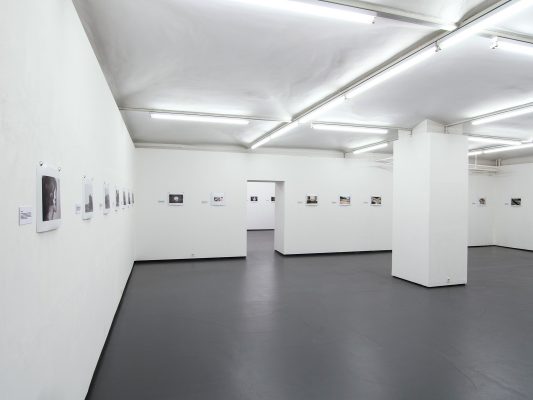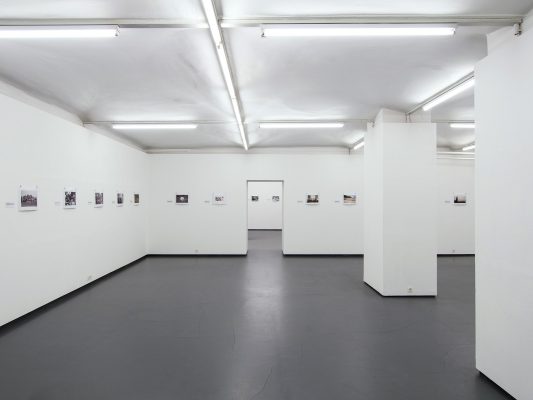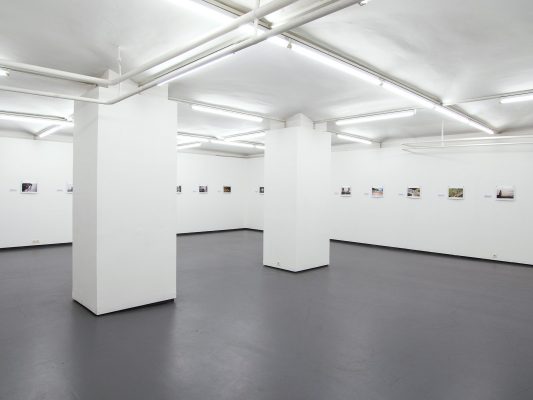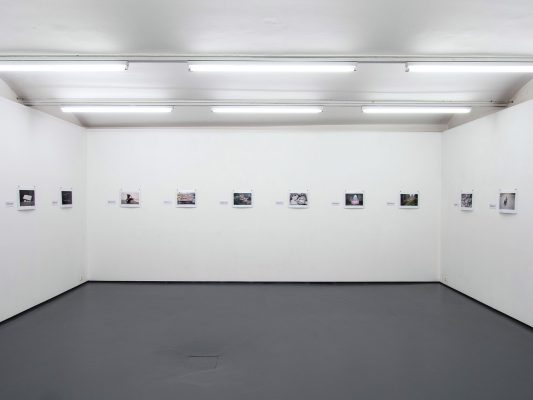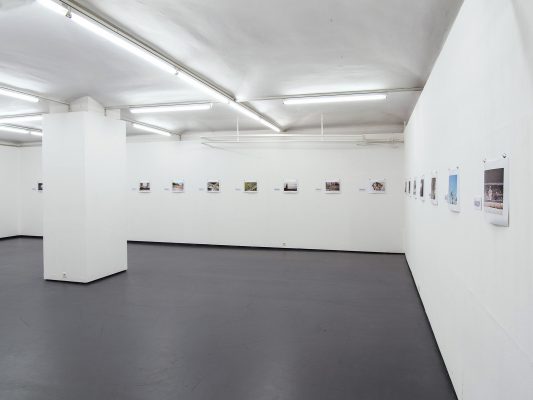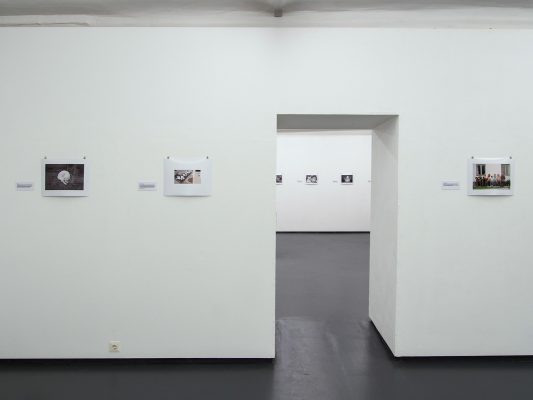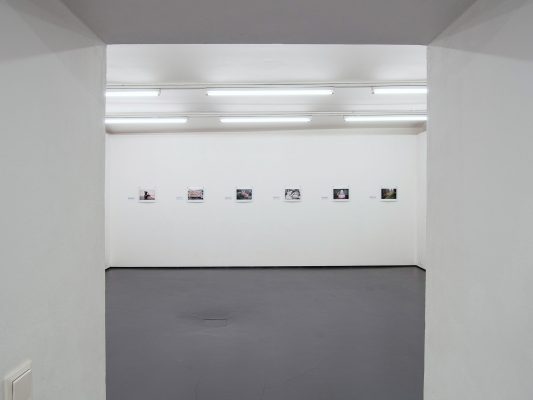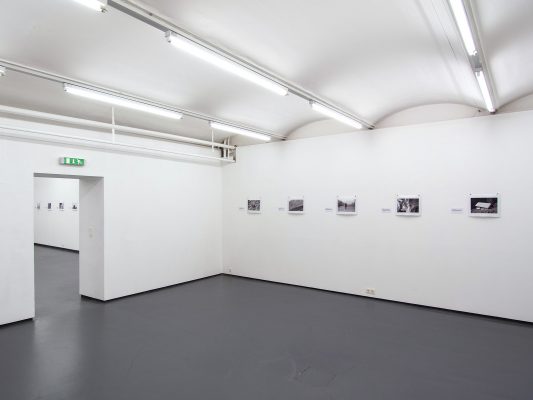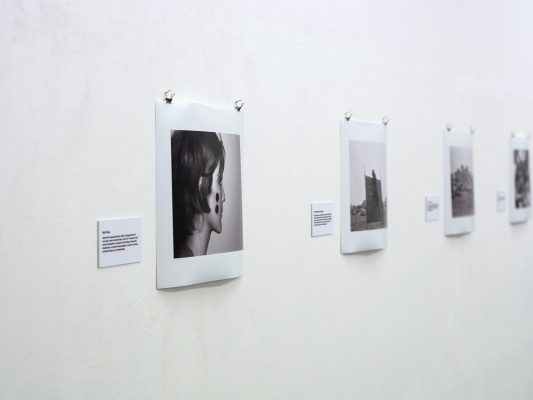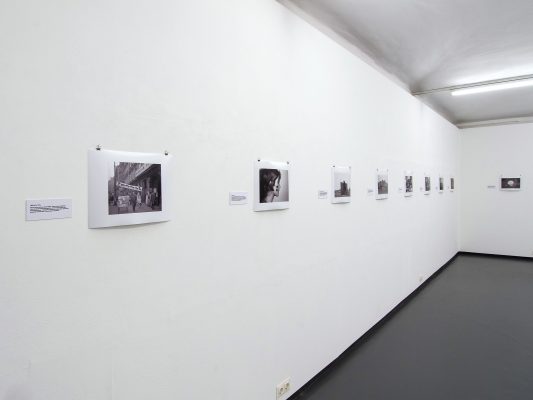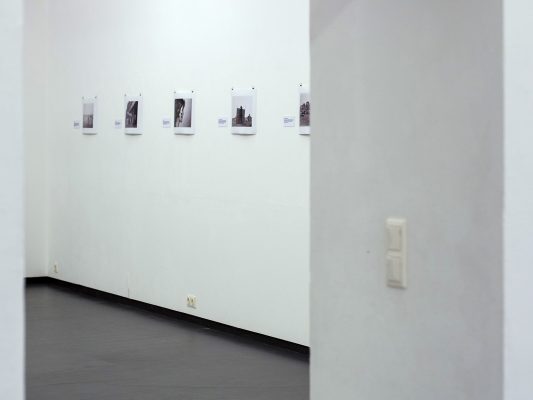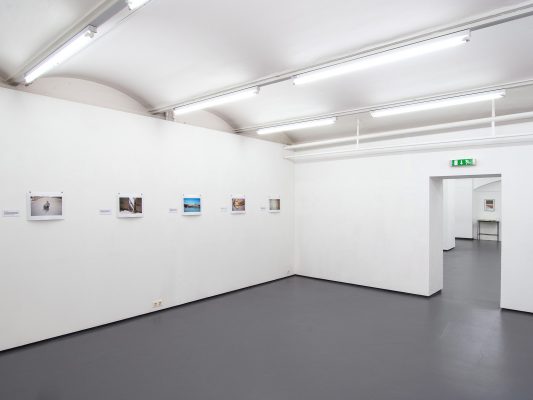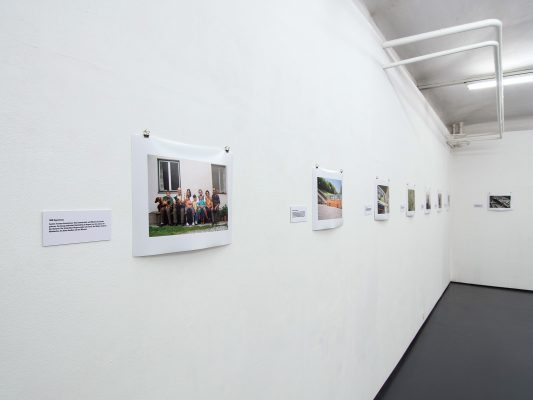Opening and catalogue presentation: Monday, 17 June at 7 p.m.
Workshop talk with ingeborg Strobl: Thursday, 18 July at 7 p.m.
Sponsored by: BMUKK; MA7-Kultur; Cyberlab
WERKSCHAU XVIII is the continuation of the annual series of exhibitions in the FOTOGALERIE WIEN which has been going on for the last eighteen years. They present contemporary artists who have significantly contributed to the development of art photography and the new media in Austria. To date there has been a cross section of work by Jana Wisniewski, Manfred Willmann, VALIE EXPORT, Leo Kandl, Elfriede Mejchar, Heinz Cibulka, Renate Bertlmann, Josef Wais, Horáková + Maurer, Gottfried Bechtold, Friedl Kubelka, Branko Lenart, INTAKT – Die Pionierinnen (Renate Bertlmann, Moucle Blackout, Linda Christanell, Lotte Hendrich-Hassmann, Karin Mack, Margot Pilz, Jana Wisniewski), Inge Dick, Lisl Ponger, Hans Kupelwieser and Robert Zahornicky. For this year’s Werkschau FOTOGALERIE WIEN has been able to win over the artist Ingeborg Strobl, who lives in Vienna. A catalogue and the Werkschau Photo Edition No. 12 supplement the exhibition.
A retrospective as a conceptual work, as a trawl through the archives – according to precisely defined parameters and all the restrictions they entail. One photograph selected from each year of photographic activity, starting in 1967 with the oldest existing negatives. All on film, all of it in small format, initially in black and white, then later on in colour. All the selected negatives were digitised in 2013, then processed to the same format, with added texts featuring place names and image descriptions. A uniform series spanning more than 40 years that might be interpreted either as a subjective commentary on social change or as the personal expression of mood and sentiment. Given these criteria, so many aspects, themes and facets, and all manner of projects and travels could not be taken into account – so this series is just ONE possible choice; countless other variants could have been retrieved from the archives and sorted according to different priorities. The present selection has been guided by defining memories – of phases in life, events, moods, landscapes, and journeys.
The photographic techniques used are also an integral part of the image content. Occasionally Strobl mentions which camera she used and when and, along with the choice of motifs, the choice of imaging apparatus as a work-defining subtext. It is always their story, and her personal relationship with them too, that is part of the narrative retold in the photographs and texts. Whenever the artist, with hindsight, deplores the fact that on occasion she may not have had the optimum camera with her, but still feels that the photographs are worthy of presentation, she is stressing that situational observations help shape the value of a photograph and that photographs not only provide images, but also reproduce their own media-based prerequisites. That she chooses to draw our attention to any imprecision speaks volumes about her sense of the meticulous. It is an art that has evolved out of, and integrated into, the fulfilment of life itself; it sees itself as art in contradiction with primarily market-conforming rituals, trend-jumping within the medium. In life Strobl embarks on a journey of discovery that reveals more than enough of the extraordinary in the ordinary, without speculating from the outset on the specificity of the artistic. Any search within the individual stages of her life’s photo novel for fluctuations in style and adaptations to the zeitgeist will be in vain; instead, a consistently sustained sense of the poetic in the documentary will emerge, along with the metaphorical in the factual. And as photographs and texts ultimately merge into a publication, these art materials are afforded a shape which in turn embodies the dynamic and the mobile. (Rainer Fuchs)
Petra Noll and Ingeborg Strobl, for the collective
